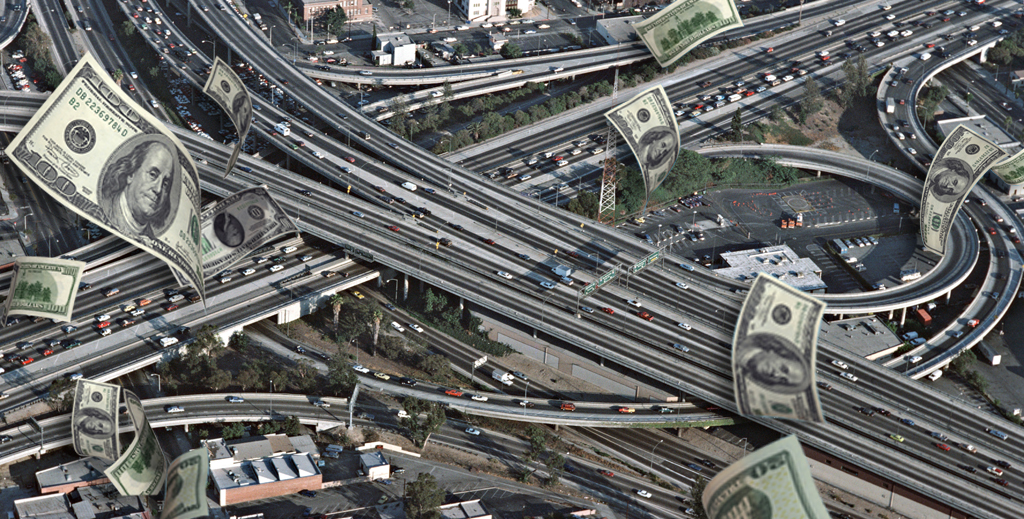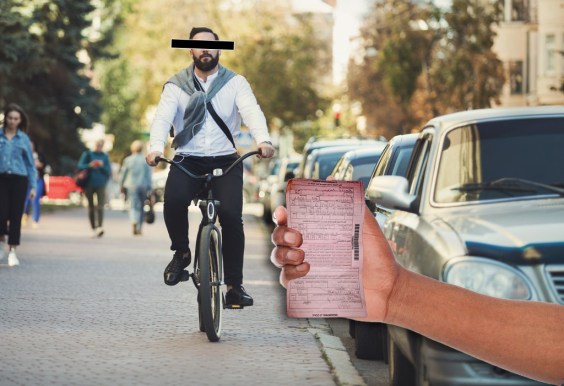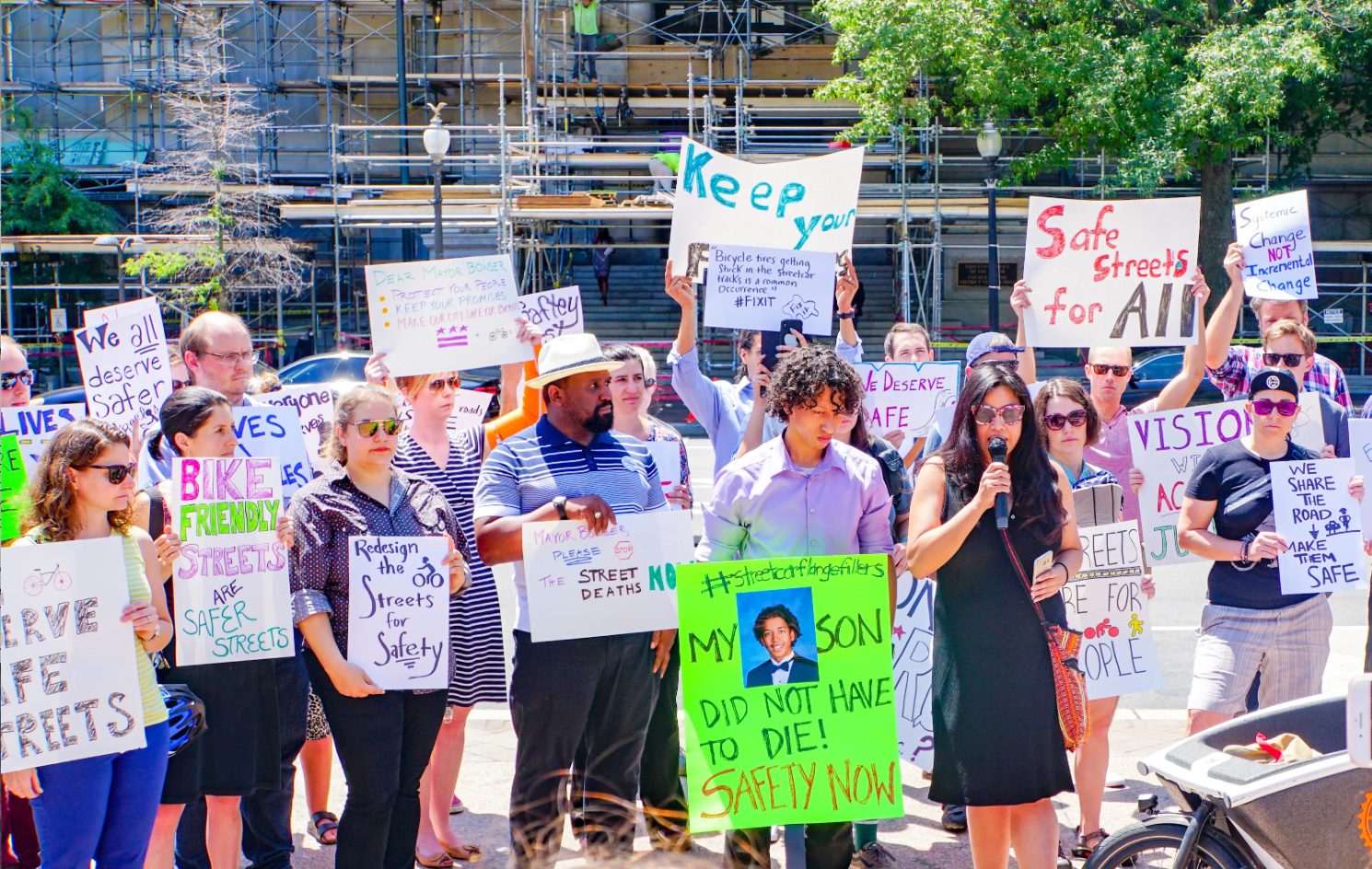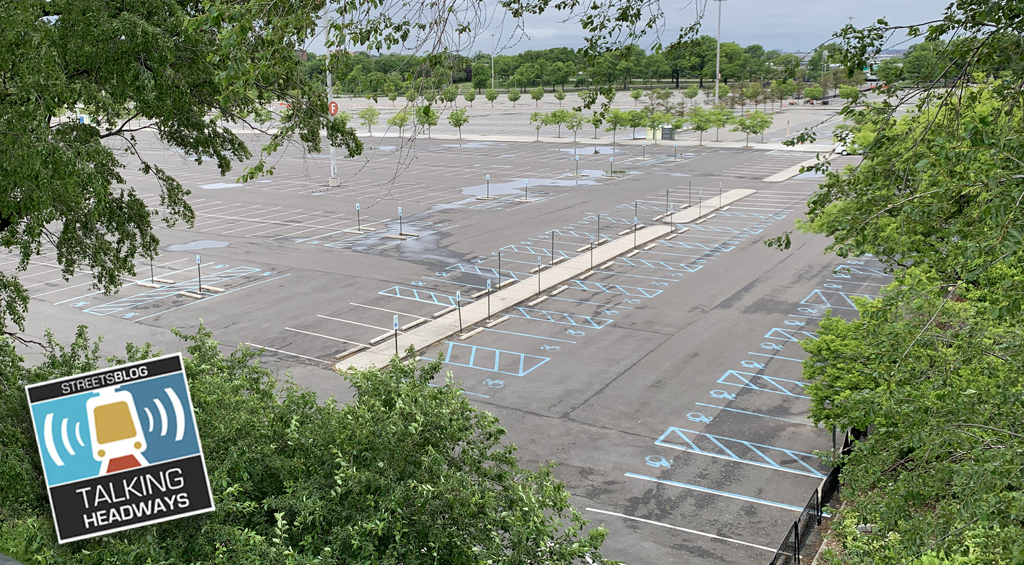President Joe Biden promised that the Infrastructure Investment and Jobs Act of 2021 would represent "the most significant investment in passenger rail in the past 50 years and in public transit ever.”
But in a comprehensive review of four years of spending since the law went into effect, the Urban Institute has found that historic federal investment in shared modes was eclipsed by an increase in state and local spending on highway projects, as well as a decrease in transit funding at the community level.
On balance, total funding for transit across all levels of government actually flatlined — and rail projects experienced a net decline in spending.
First, some context: The federal government has been spending less, as a percentage of the gross domestic product, on infrastructure over the last half-century and that spending now comprises just one-quarter of U.S. public infrastructure spending. In 2019, the year before Biden took office, the feds spent $58 billion on highways and $19 billion on transit.
Overall, though, states and localities spend significantly more money on transportation than their federal counterparts — and their spending is skewed towards roads. For instance, between 1990 and 2019, state and local spending on roads increased 28 percent, from $151 billion to $193 billion. By comparison, transit spending by localities pales in overall dollars (though it did increase significantly, by percentage, over that period), as the Urban Institute's chart below shows.
What hath IIJA wrought?
There's no question that the Infrastructure Investment and Jobs Act spurred investment. The federal government's direct spending on roads was more or less flat year over year (from about $1.52 billion when the law kicked in in 2021 to $1.65 billion in 2025), but its investment in non-highway transportation, such as intercity rail, rose from $5.14 billion to $6.44 billion, in increase of 25 percent.
That large jump in direct federal spending is likely due to support for Amtrak, Urban Institute found.
But here's the problem: Federal expenditures are tiny compared to what states and localities are spending — and states and localities are spending on roads. So even as that federal investment in rail went up, the much larger amount of state and local spending on transit declined from $12.45 billion to $7.88 billion, a drop of 36 percent.
And at the same time, state and local spending on highways increased: When the IIJA passed, non-federal road spending was at $117.35 billion and rose in four years to $142.86 billion, an increase of roughly 22 percent.
"The majority of these projects were likely centered on infrastructure for passenger cars and trucks, like highways. Projects focused on pedestrian, bike, and bus infrastructure account for a small share of the total, according to recent analysis," Urban Institute report authors Yonah Freemark and Gabe Samuels wrote.
Neither prior big infrastructure bills, the Moving Ahead for Progress in the 21st Century Act in 2012 nor the Fixing America’s Surface Transportation Act in 2015, led to such an outpouring of highway spending, the Institute found.
Corrigan Salerno of Transportation for America drew more or less the same conclusion.
"It's clear the IIJA did not fail for lack of funding," he said. "If Congress had wanted change, the transformative levels of funding would have been paired with transformative policy prioritizing safety, repair, and investment in the affordable transportation options most people lack in this country. Instead ... ambitious programs like the Reconnecting Communities Pilot were left undersized, while the largest highway programs were given more money than ever, but left unaccountable for the outcomes of their investments. We expected state DOTs to do less with more, and they have since delivered less for the taxpayer than ever."
The Urban Institute report dovetails neatly with a Brookings Institute finding from this time last year that state agencies have few requirements to allow the public to see if infrastructure projects are justified. As a result, it's hard to know what states are spending their money on until the money is a fact on the ground.
“America’s highway network is effectively built-out, but the country is mostly stuck with the same 20th-century approach to planning and project selection,” Brookings senior fellow Adie Tomer said at the time. "Between our vehicle-fueled safety crisis, the high costs to drive, and roads being damaged by extreme weather, states can lead by modernizing their investment approaches."
What is the way forward?
The failure of the Infrastructure Investment and Jobs act to spur more public transportation suggests that states and localities "primarily leveraged transportation funds from IIJA to expand highway construction rather than invest in transit," the Urban Institute concluded. And it's a conclusion confirmed by other researchers like Salerno, who once memorably referred to the bill as "a climate time bomb."
"State and local governments may have reduced their own funding contributions even as federal support increased [specifically] with transit capital funding," the Urban Institute found. "Policymakers in Congress are now involved in reauthorizing programs funded by IIJA. We recommend they overcome the law's challenges by focusing on projects that advance environmental sustainability, and ensure that funds go to the communities that need them most."
Again, Salerno of Transportation for America agreed.
"Congress should learn from this failure and hold state DOTs — the largest recipients of federal IIJA funding — accountable," he said. "They should not hand highway agencies another flexible bailout to build more bad projects in federal surface transportation reauthorization."
Unfortunately, things seem to be going in that direction. On Friday, Politico reported that the Trump administration "is seeking to significantly curb federal spending on mass transit," as part of "a flurry of Trump-led efforts targeting Democratic-run states and cities.”
The White House "is considering killing an account within the Highway Trust Fund that provides billions of dollars for mass transit and wants to divert that money into an account that funds highway construction, a move that would be a devastating blow to mass transit systems across the U.S.," the outlet reported.
Learn more about reauthorization and our recommendations in the Urban Institute's companion article, “Reauthorization of Federal Transportation Programs Offers Policymakers an Opportunity to Improve Effectiveness, Environmental Sustainability, and Access.”






